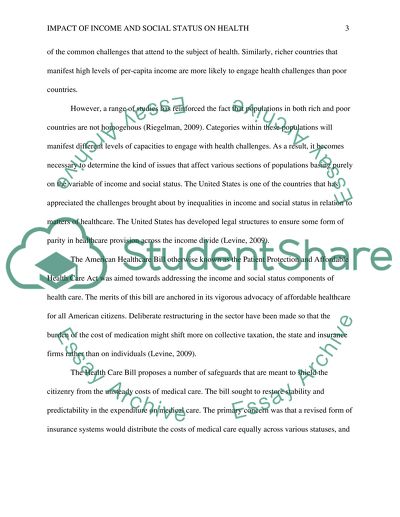Cite this document
(“Impact of Income and Social Status on Health Essay”, n.d.)
Impact of Income and Social Status on Health Essay. Retrieved from https://studentshare.org/nursing/1458271-impact-of-income-and-social-status-on-health
Impact of Income and Social Status on Health Essay. Retrieved from https://studentshare.org/nursing/1458271-impact-of-income-and-social-status-on-health
(Impact of Income and Social Status on Health Essay)
Impact of Income and Social Status on Health Essay. https://studentshare.org/nursing/1458271-impact-of-income-and-social-status-on-health.
Impact of Income and Social Status on Health Essay. https://studentshare.org/nursing/1458271-impact-of-income-and-social-status-on-health.
“Impact of Income and Social Status on Health Essay”, n.d. https://studentshare.org/nursing/1458271-impact-of-income-and-social-status-on-health.


